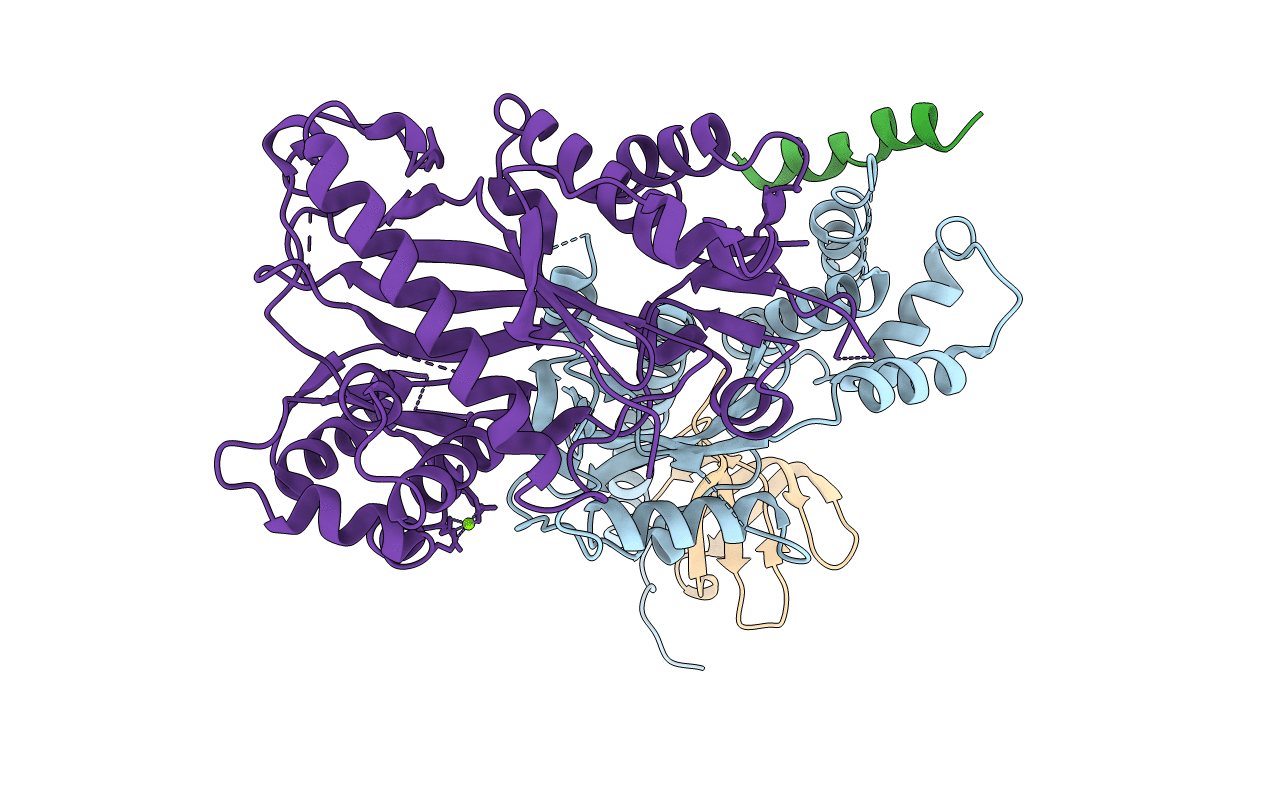
Deposition Date
2020-02-19
Release Date
2020-04-29
Last Version Date
2024-01-24
Entry Detail
PDB ID:
6Y3Z
Keywords:
Title:
Crystal structure of the Pby1 ATP-grasp enzyme bound to the S. cerevisiae mRNA decapping complex (Dcp1-Dcp2-Edc3)
Biological Source:
Source Organism:
Saccharomyces cerevisiae S288C (Taxon ID: 559292)
Host Organism:
Method Details:
Experimental Method:
Resolution:
3.49 Å
R-Value Free:
0.32
R-Value Work:
0.24
R-Value Observed:
0.25
Space Group:
P 21 21 21


